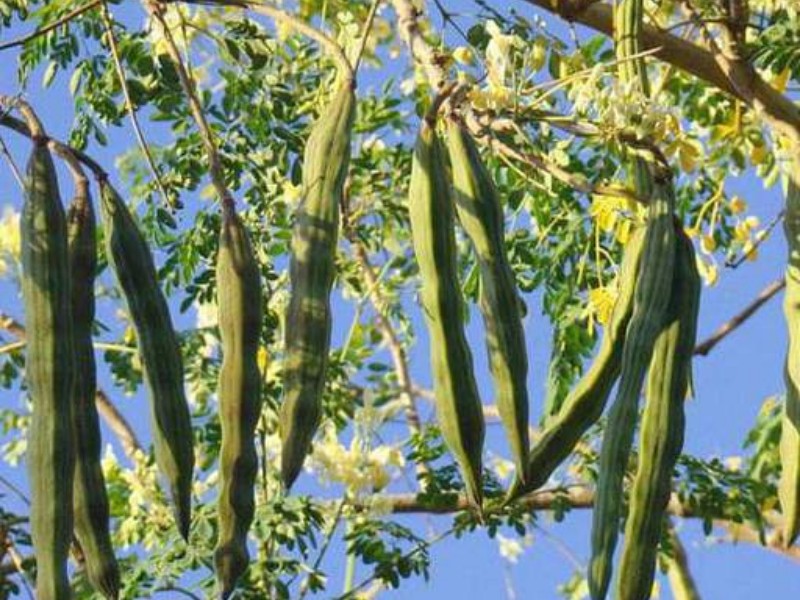Students Investigate the Use of Natural Materials to Treat Drinking Water Sources

Research suggests that moringa oleifera seeds have potential for the removal of copper from water.
A highlight of Villanova’s Chemical and Biological Engineering program is the department’s two-semester Senior Project Studio through which undergraduates can participate in an industry-sponsored or faculty-advised design or research project. Recent projects have included optimizing lyophilization processes for drug formulations and using antibody coating polymer microparticles for vaccine delivery, both of which were sponsored by Merck. Rational synthesis of highly dispersed bimetallic catalysts, expression of recombinant earthworm hemoglobin in CHO cells, and engineering an intron sequence to optimize transgene expression have also been the focus of student projects.
Among the Chemical and Biological Engineering projects for the current academic year are three which will be advised by professors Dorothy Skaf and Vito Punzi whose ongoing research involves investigating the use of natural materials to treat water for colloidal suspended solids removal. The goal is to discover inexpensive and less chemically intensive approaches that would be desirable for use in developing areas. Related research is investigating environmentally friendly, renewable materials for use as adsorbents to remove heavy metals from potential drinking water sources.
“Last year, undergraduate research focused on the use of moringa oleifera (MO) as a heavy metal adsorbent and the results indicated that these seeds have potential for the removal of copper,” says Dr. Punzi. This year, students will further the process optimization and also investigate the use of shrimp shell waste as another possible adsorbent for heavy metals removal. Dr. Punzi adds, “Based on the results of an Engineering Service Learning project, it appears the use of MO and shrimp shell wastes for the removal of iron could have significant utility at the community and household level in developing areas of the world.” A second project will investigate the coagulative properties of additional plant species identified in the literature as potential candidates for use in water purification via coagulation.
Another area of ongoing research being performed by Drs. Skaf and Punzi is investigating how microplastics (MPs) behave during coagulation treatments that are optimized for naturally occurring colloidal solids. Dr. Skaf explains, “A critical issue is to understand how microspheres and microfibers behave during conventional wastewater treatment processes.” In a third project, student research will continue investigations published by the Skaf/Punzi research group that studied MP removal from a simulated contaminated drinking water source.
